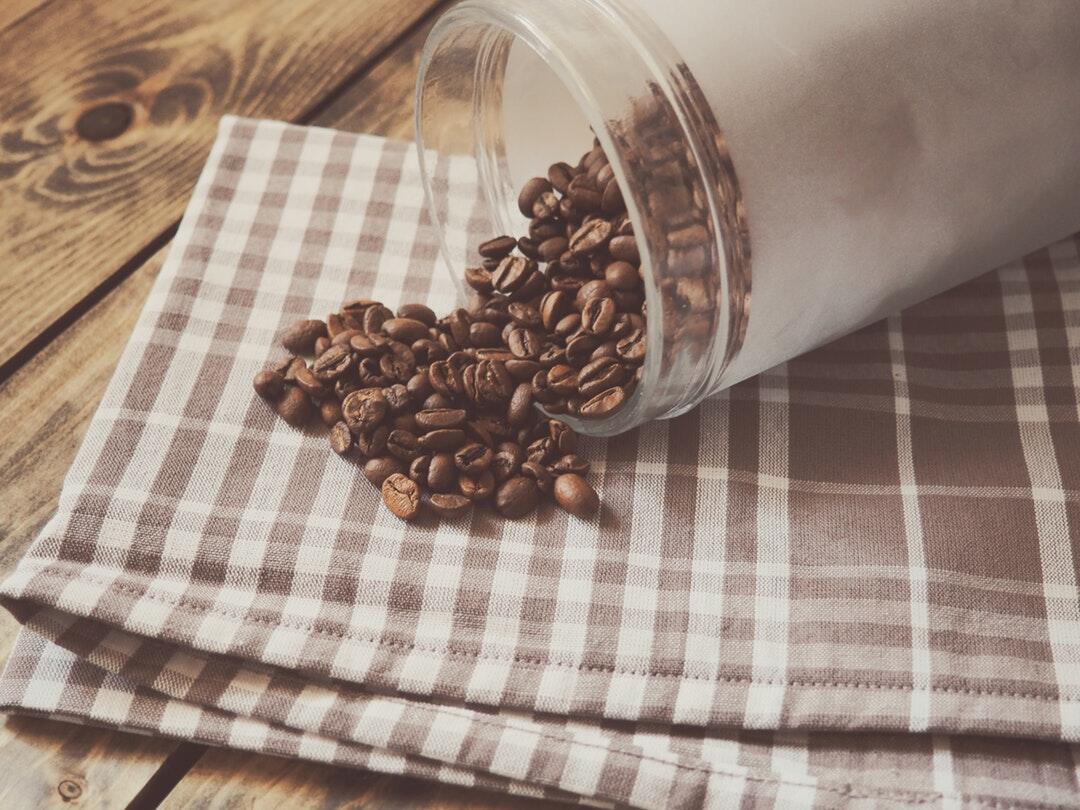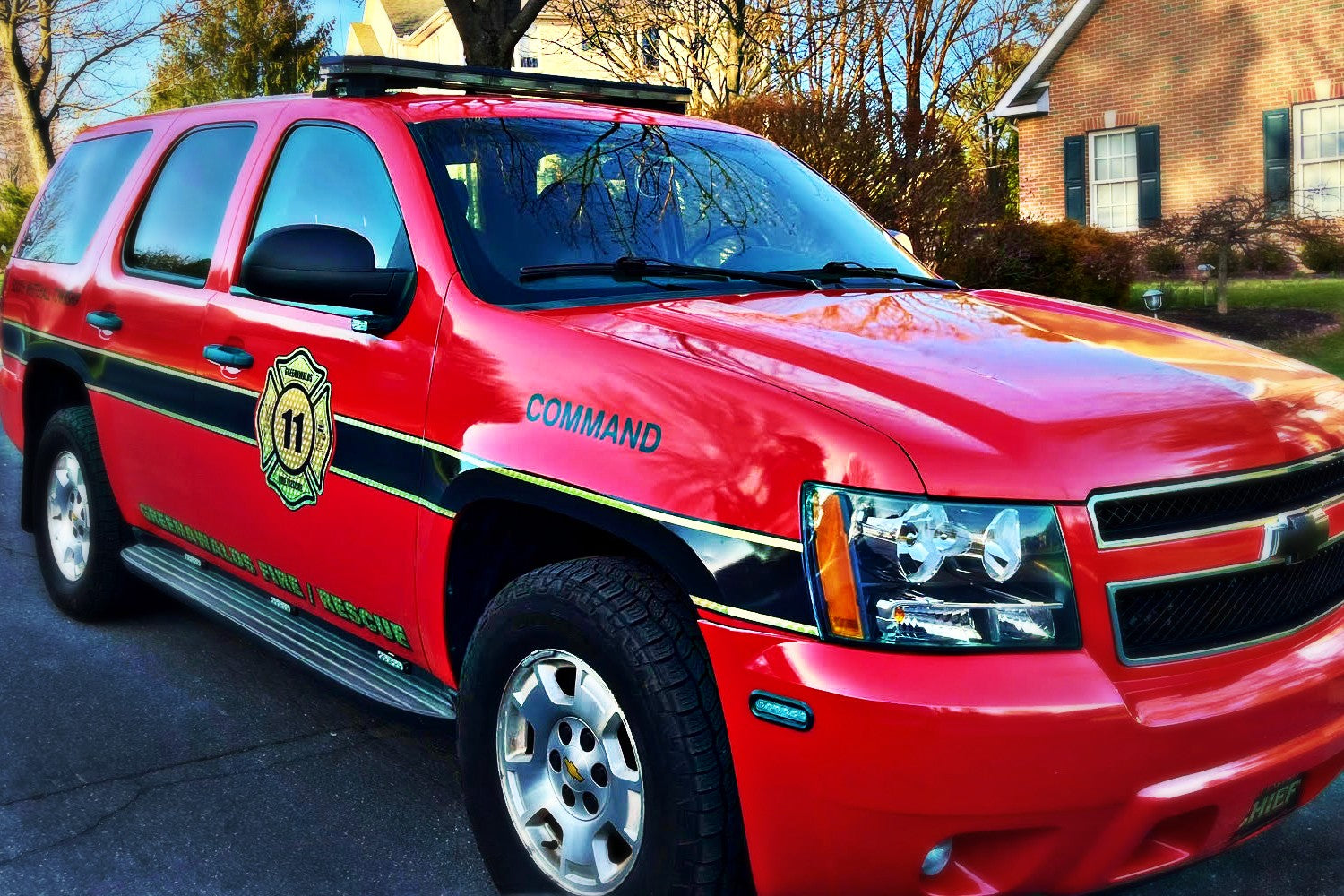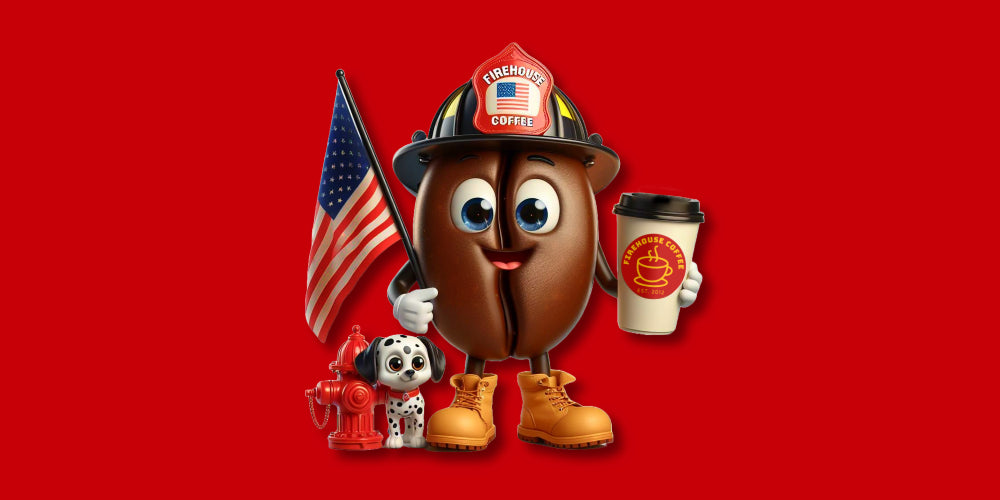How to Grind Coffee Beans

Coffee's heritage dates back centuries according to the National Coffee Association, and its origins are believed to be somewhere in Ethiopia. Many people integrate coffee into their daily routine for its energizing properties, but you don't need to swing by Starbucks every morning.
Grinding coffee beans at home is the first step to unlocking the full potential of your brew. Whether you're a beginner or a coffee enthusiast, understanding the right techniques ensures every cup delivers the rich experience you deserve. Below, we'll explore how to grind coffee beans and the common mistakes you should avoid during the process.
Choosing the Right Coffee Beans
Selecting high-quality coffee beans sets the foundation for a great cup of coffee. Beans with a fresh roast date offer superior flavor and aroma compared to older batches. Single-origin beans can provide distinct tasting notes, while blends offer a balanced flavor profile.
It's important to consider the roast level, as light roasts often highlight fruity and floral notes, while dark roasts emphasize rich, bold flavors. Exploring local roasters or specialty coffee shops can help you find beans that suit your taste preferences.
Understanding Coffee Grind Sizes
Different brewing methods require specific grind sizes for optimal flavor extraction. For example, French press coffee works best with coarse grinds, while espresso demands a fine grind.
Referring to a coffee grind size chart can help you match the grind to your brewing method. Using the wrong grind size can result in over-extraction or under-extraction, both of which affect the taste. Experimenting with grind sizes can reveal subtle changes in flavor, allowing you to customize your coffee experience.
Using a Burr Grinder for Precision
Burr grinders are often considered the best coffee grinders for achieving consistent particle size. Unlike blade grinders, burr grinders crush coffee beans between two surfaces, ensuring uniformity. Consistency in grind size leads to better flavor extraction, making them ideal for coffee enthusiasts.
They come in manual and electric options, catering to different preferences and budgets. Investing in a burr grinder can elevate your home brewing game, offering results similar to those from professional coffee shops.
Benefits of a Blade Grinder
Blade grinders offer an accessible way to grind coffee at home. The advantages of blade grinders include:
- Easy to use and clean
- Low cost
- Compact design
While they may not achieve the same coffee grind consistency as burr grinders, they can still produce favorable results for drip or French press brewing. Regular cleaning helps maintain performance and prevents stale coffee flavors from lingering. For those starting their coffee journey, a blade grinder can be a practical first step.
Adjusting the Grind for Brew Methods
Each brewing method calls for a specific grind size to unlock the best flavors. Espresso machines thrive on finely ground coffee, while pour-over brewing benefits from medium-coarse grinds.
Paying attention to grind adjustments can make a noticeable difference in your coffee's taste and texture. Fine-tuning your grinder settings allows for better control over the brewing process. By following coffee brewing tips tailored to your method, you can create a consistently delicious cup.
Preparing Beans for Manual Grinding
Using a hand grinder offers a tactile connection to the coffee-making process. Before grinding, measure your beans to match the amount of water you'll use. Grinding by hand may take extra time, but it can produce uniform results with the right technique.
Manual vs electric grinders each have their advantages, with hand grinders being portable and quieter. Many coffee lovers appreciate the ritualistic experience of preparing beans manually, finding it meditative and rewarding.
Cleaning Your Coffee Grinder
Regular maintenance of your grinder keeps it running smoothly and ensures better-tasting coffee. Oils and residue from beans can build up, affecting both performance and flavor.
Disassembling your grinder and brushing away debris helps prolong its lifespan. Avoid using water unless the grinder is explicitly designed for wet cleaning.
Avoiding Common Grinding Mistakes
Mistakes in the grinding process can lead to disappointing coffee. Using stale beans often results in dull flavors, no matter how well they're ground. Inconsistent grinding can create uneven extraction, leaving some coffee too bitter and others too weak.
Overloading the grinder may strain its motor or produce uneven results. Paying attention to grind size and regularly calibrating your grinder can prevent these issues. Avoid rushing the process to achieve the best results.
Storing Freshly Ground Coffee
Proper storage of ground coffee is essential to maintain its freshness. Airtight containers prevent exposure to air (which can quickly degrade flavor), and this issue is often seen in bread that goes stale.
Storing coffee in a cool, dark place protects it from light and heat. Grinding beans in small batches helps preserve the oils and aromas that contribute to a great cup. Avoid refrigeration, as it can introduce moisture and alter the coffee's taste.
Experimenting to Find Your Perfect Grind
Exploring different grind sizes can unlock new flavors and textures in your coffee. Small adjustments to your grinder settings can transform a decent cup into a remarkable one.
Tasting the differences between coarse and fine grinds can help you identify your preferences. Keeping notes on your experiments can make it easier to replicate successful results. Through patience and curiosity, you'll discover the perfect grind for your brewing style.
Key Mistakes to Avoid
Using stale beans is a common error that leads to flat, lifeless coffee. Neglecting to clean your grinder regularly allows oils and residue to build up, tainting the flavor. Some of the most notable common grinding errors are:
- Overloading the grinder
- Rushing the process
- Using the wrong grind size
Choosing the wrong grind size for your brewing method often causes over-extraction or under-extraction, leading to bitter or weak coffee. Rushing through the grinding process or failing to measure beans accurately can also affect the final result.
Understand How to Grind Coffee Beans
As long as you understand how to grind coffee beans, you'll have no issue brewing an amazing pot. Just be sure to avoid the mistakes mentioned in our guide.
Firehouse Coffee, founded by Mike Adams (a former junior firefighter and MedEvac paramedic), delivers firehouse-inspired gourmet coffee. Our blends honor first responders, providing a rich, flavorful experience that fuels everyday heroes and coffee enthusiasts alike. You can get in touch with us today to learn more about how we can help.






